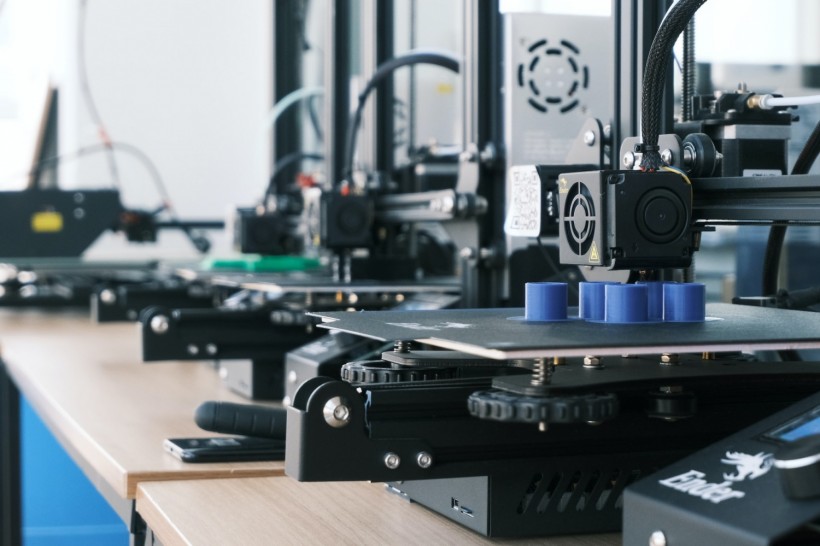
(Photo : Minku Kang on Unsplash)
3D printing technology is an exciting way to make things. While it's been around since the 1980s, it's just now becoming mainstream and rising in popularity. You can use it to create art, jewelry, furniture, and even houses. But did you know that this 3D technology can also be used in the medical field and for creating artificial organs? This article will explore some of the incredible uses of 3D printing technology so far.
3D Printed Bacon
Did you know that there are food products that scientists have been able to produce in a lab using 3D printing? 3D-printed bacon is an item that is both real and delicious. These food scientists use a soy protein, so while it tastes pretty close, it isn't exactly the same as traditional pig bacon.
3D Printed Jewelry
With the cost of 3D printers decreasing as the technology advances, 3D printing is becoming a huge part of the manufacturing industry. 3D printing technology is being used to create everything from food and jewelry to clothes and toys. 3D printing with polymers means that you can make jewelry from many different materials like plastics and resins. You can also use high-quality materials like gold and silver to create durable pieces. If you are looking for an affordable way to get started with 3D printing, jewelry might be the perfect field to explore.
3D Printed Furniture
3D-printed furniture can be made from plastics, metal, and more. You can even use recycled materials and it is more durable than conventional furniture. 3D-printed furniture can be customized to fit your needs and you can even print out new parts for the furniture if they get broken. With this technology, you can easily modify or repair your own objects at home without additional expense.
3D Printed Car Parts
How would it help you to be able to 3D print parts for your car every time it breaks, and you need a new one? What if the car you have has parts that are notoriously hard to get? You can use 3D printing to create the car parts you need. With 3D printing, you can produce a part that is lighter than traditional parts, or one that is stronger than usual. You can also use it to create parts that are more fuel efficient, which would reduce carbon emissions and help the environment.
3D Printed Prosthetic Limbs
3D-printed artificial limbs are becoming more common, but they're still rare. In addition to the most common prosthetic hands and arms, there are also 3D-printed prosthetics for feet, legs, eyes, and ears for children and adults. This ensures that people get a precise fit to ensure comfort and usability. 3D printing is a technology that can be used to produce inexpensive prosthetics, which have many benefits over traditional prosthetics.
3D Printed Skin, Muscle and Organs
Although 3D printing technology has been used to print a lot of products, it is also being applied to create some very unique ones like human tissue. 3D-printed skin is used for burn victims by using their own cells. A patient's cell sample is taken from their body and then regenerated into a new layer of skin for them. The 3D printer uses information about the patient's DNA that allows it to match up with which type of cells are required in order to make a new layer of skin, which allows doctors around the world to regenerate not only new skin, but other organs as well. This reduces the risk of the body rejecting the organ or organ failure due to a poor match.
3D Printed Dental Implants
Dental implants can now be created using 3D printers-a process that is much cheaper than traditional methods. Not only is it less expensive, but it can also be done in much less time. This means that dental patients may be able to get same-day implants instead of waiting weeks for their new teeth to be created.
Dental implants are used to replace missing teeth. They are typically made of titanium or a titanium alloy that is then coated with ceramic. The implant is screwed into the jawbone and acts as an anchor for attaching replacement teeth. This is a very expensive procedure and by creating the materials through 3D printing, it significantly lowers the cost, making it potentially more affordable for the people who need it. Using technology like this not only helps consumers, but also businesses when they can do their work for less overhead than before.
* This is a contributed article and this content does not necessarily represent the views of hngn.com








